The era of smart living has dawned upon us, ushering in a new age of convenience, efficiency, and connectivity. At the heart of this technological revolution lies the Internet of Things (IoT), a network of interconnected devices that communicate and share data to make our lives smarter and more streamlined.
Introduction
In the realm of smart living, IoT is the driving force behind the integration of everyday devices, transforming traditional homes into intelligent spaces. This article delves into the myriad ways in which upgrading your home with the latest IoT gadgets can revolutionize your lifestyle.
The Evolution of Smart Homes
Smart homes are not a recent phenomenon but a culmination of years of technological evolution. From the first automated systems to the current IoT landscape, the journey has been marked by significant milestones, shaping the way we interact with our living spaces.
IoT Gadgets for Home Security
One of the primary concerns for homeowners is security, and IoT gadgets are at the forefront of addressing these concerns. Smart cameras with advanced features, coupled with doorbell cameras and integration with smart locks, offer a comprehensive solution to enhance home security.
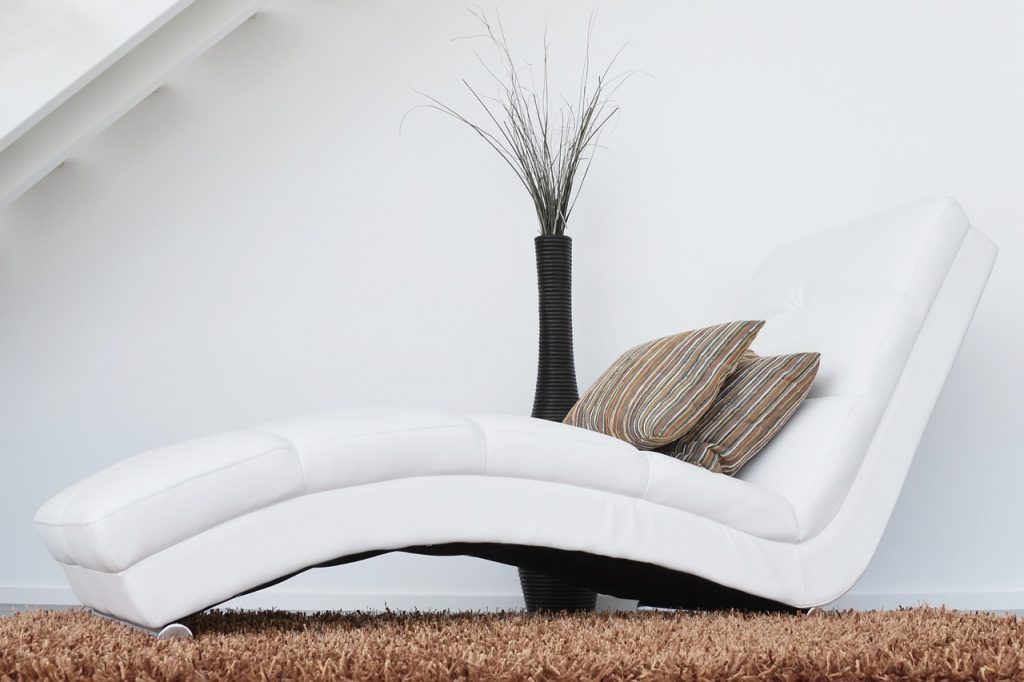
Efficiency and Energy Conservation with IoT
In the quest for sustainability, IoT plays a pivotal role in optimizing energy usage. Smart thermostats regulate temperature based on occupancy, IoT-enabled lighting systems adjust brightness according to natural light, and home automation reduces energy waste, contributing to a greener environment.
Entertainment in the Smart Era
Entertainment takes center stage in smart living with IoT-powered devices. From feature-rich smart TVs to voice-controlled entertainment systems, the integration of gaming consoles with IoT technology creates an immersive and futuristic entertainment experience.
Health and Wellness Applications
Prioritizing health and wellness is made easier with IoT. Fitness devices equipped with IoT capabilities, smart home healthcare monitoring systems, and the overall integration of IoT contribute to a healthier lifestyle by providing real-time data and insights.
IoT in the Kitchen: Smart Cooking
The kitchen becomes a hub of innovation with IoT gadgets. Smart refrigerators offer inventory management, IoT-enabled kitchen appliances streamline cooking processes, and integration with virtual assistants provides recipe suggestions, making the culinary experience seamless.
IoT and Home Automation
Centralized control systems bring home automation to the forefront of smart living. This section explores the benefits of home automation in daily life, the role of artificial intelligence (AI) in enhancing automation processes, and how these technologies work in harmony to simplify tasks.
Challenges and Concerns in Implementing IoT
While the benefits of IoT are immense, challenges and concerns loom large. Privacy issues, security vulnerabilities, and potential risks associated with IoT devices are critical considerations. This section provides insights into these challenges and suggests steps to mitigate them for a safer IoT experience.
Future Trends in IoT for Smart Living
Anticipating the future of IoT reveals exciting advancements. Integration with AI and machine learning promises to elevate the capabilities of smart homes, potentially reshaping our daily living experiences and societal norms.

Real-life Examples of IoT Implementation
Real-world examples demonstrate the tangible benefits of IoT. Case studies, testimonials, and success stories showcase how individuals and families have embraced and benefited from the integration of IoT into their homes.
Cost Considerations and Accessibility
Affordability and accessibility are crucial factors for widespread IoT adoption. This section explores the cost implications of IoT gadgets and their availability in different regions, emphasizing the importance of balancing cost with the value of enhanced living.
The Role of Big Data in Smart Living
IoT generates vast amounts of data, and big data analytics play a crucial role in deriving meaningful insights. This section delves into how IoT utilizes big data, analyzes it for personalized smart home experiences, and addresses privacy implications and ethical considerations.
User-Friendly Interface: The Key to IoT Adoption
The success of IoT hinges on user-friendly interfaces. This section emphasizes the importance of intuitive design in IoT devices, explores user experiences that drive adoption, and addresses common concerns and barriers to entry.
Conclusion
In conclusion, upgrading your home with the latest IoT gadgets is not just a modern trend but a transformative step toward a more efficient, convenient, and connected lifestyle. Embracing the possibilities offered by IoT can revolutionize the way we live, work, and interact with our surroundings.
FAQs (Frequently Asked Questions)
- Are IoT gadgets compatible with all home systems?
- Most IoT gadgets are designed to be compatible with common home systems. However, it’s essential to check compatibility specifications before purchase.
- How do IoT devices impact privacy?
- IoT devices may raise privacy concerns due to data collection. Manufacturers implement security measures, and users can enhance privacy settings for added protection.
- What are the potential risks of using IoT gadgets?
- Risks include security vulnerabilities and the possibility of unauthorized access. Regular updates, strong passwords, and secure network configurations help mitigate these risks.
- Can I retrofit my existing home with IoT technology?
- Yes, many IoT devices are designed for easy integration into existing homes. However, some retrofitting may be required for optimal results.
- Are there any health concerns associated with prolonged exposure to IoT devices?
- As of now, there is no conclusive evidence of health risks associated with IoT device usage. However, it’s advisable to follow manufacturer guidelines and take breaks from device interaction.

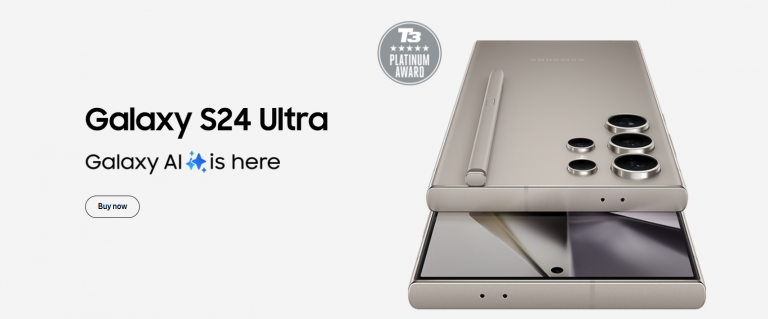
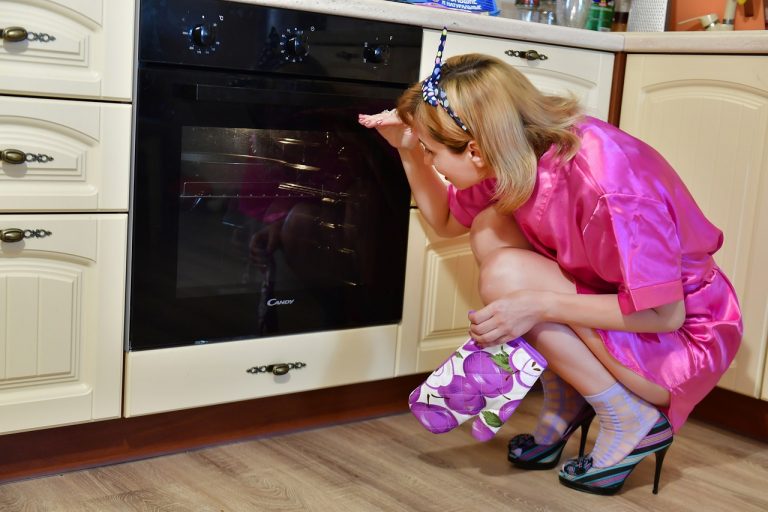
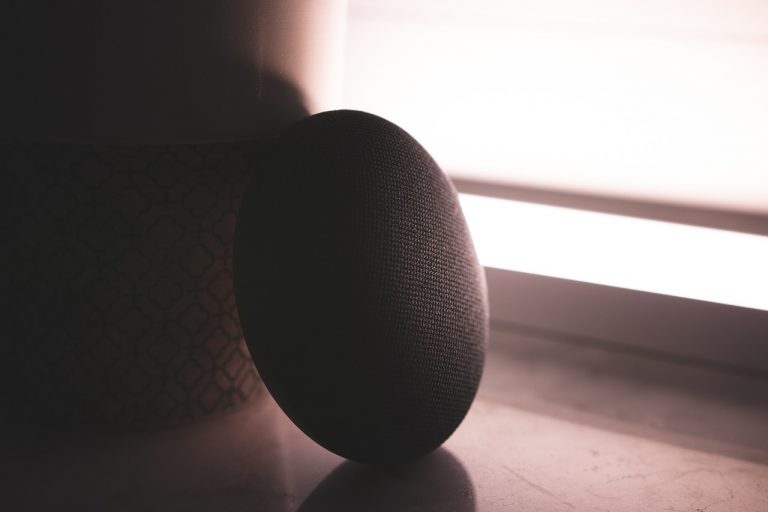


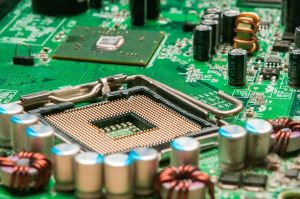


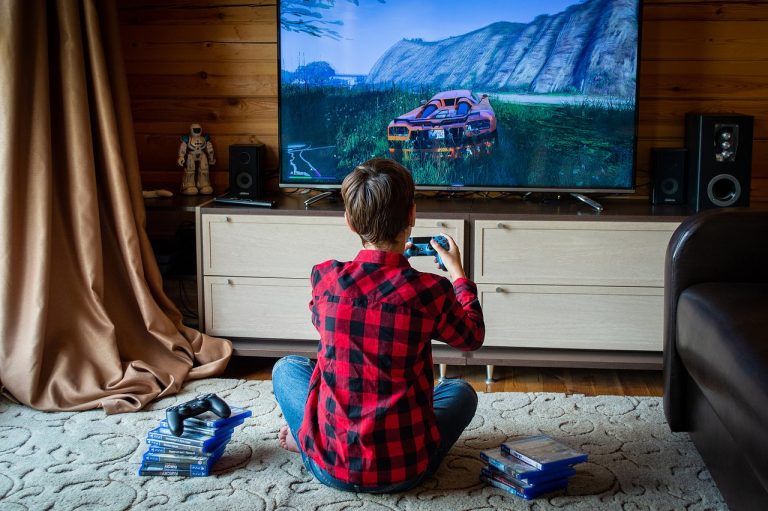


+ There are no comments
Add yours